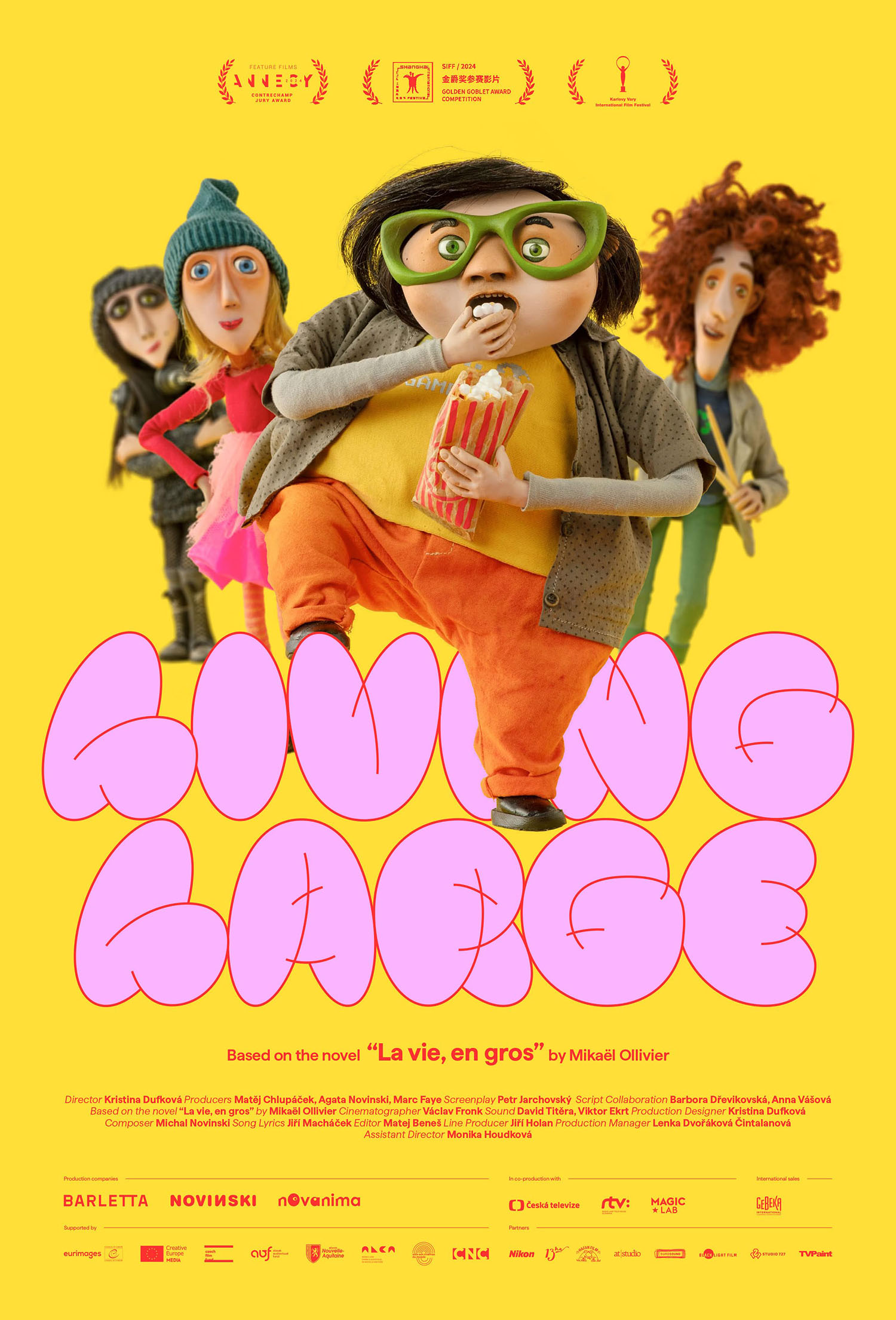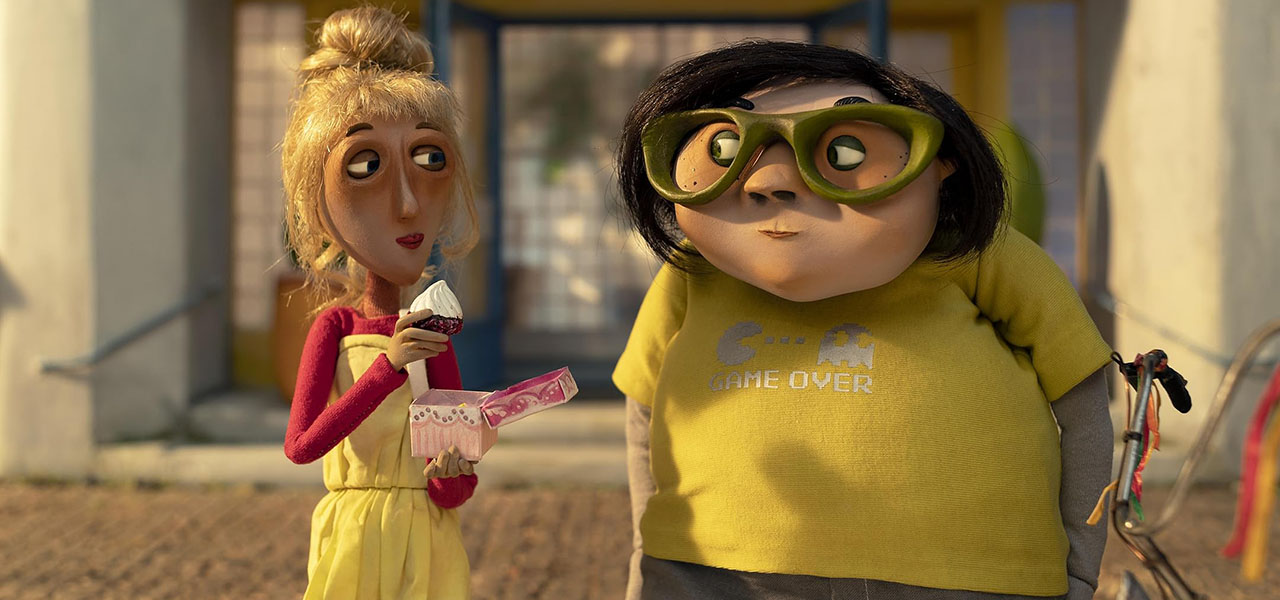
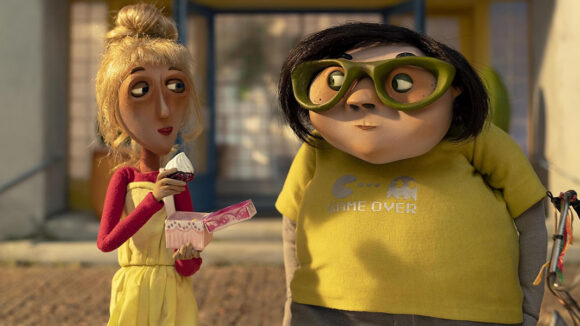
‘Living Large’ Director Got Hooked On Stop Motion During The Production Of Her First Feature
Adolescent woes often come from the desire to be accepted by our peers during that vulnerable age period. And in a world that still dehumanizes those existing in larger bodies, weight can be a major source of insecurity for teenagers. That preoccupation is precisely what concerns Czech director Kristina Dufková’s newest feature Living Large, based on the French novel La vie, en gros.
The screen version (adapted by Mikaël Ollivier, Petr Jarchovský, and Barbora Drevikovska) centers Ben, a charismatic 12-year-old with a vibrant life. Not only does he have a band with his closest friends, but he’s also a great cook. His parents, though divorced, are supporting, and most of his classmates find him a delight to be around.
But all that confidence falters when bullies use his size to humiliate him in front of his crush. That, plus a visit to the school doctor, convince him that losing weight is the only way that Klára will like him romantically. Living Large pushes back against that mindset to prove Ben can feel fulfilled regardless of his physical appearance.
Nominated for two European Film Awards and now Oscar-qualified after a theatrical release in Los Angeles, the Czech/French/Slovakian co-production embellishes its stop-motion world with hand-drawn sequences that explore Ben’s inner preoccupations. The feature, which premiered at Annecy in the Contrechamp section, represents Dufková’s first foray into stop motion after working exclusively in 2d animation prior to this project. An excellent English dub of the film exists, which will expand it presence in the international market.
Cartoon Brew recently interviewed Dufková about her interest in the subject matter of body positivity, choosing to step into the meticulous stop-motion technique for the first time, and her motivation for including hand-drawn animation as part of the film’s visual language.
Cartoon Brew: When did you first read author Mikaël Ollivier’s novel La vie, en gros, and what was it about it that you found compelling enough to want to make a film based on it?
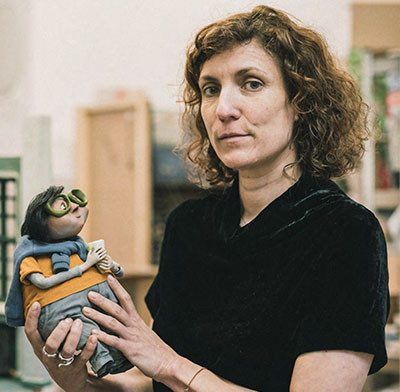
Kristina Dufková: I read the book for the first time 13 years ago with my daughter. I was looking for a story for my first feature film. Right after the first read, I knew this was the one. My daughter was going through puberty just like the main character, Ben, and I realized that adapting the book into an animated film could help explain many things to her. And not just to her. There weren’t many films for this age group. I thought it was important to try to make a film that could speak to them and show them they’re not alone.
What would you say were the biggest changes between the novel and the screen version of the story?
The book is very short and written in the first person, like a diary. We had to add more drama and expand the story with additional elements to make it work for a feature-length format. For example, the entire storyline with Ben’s band is new. The book radiated such energy and empathy toward its subject matter that I knew it was worth finding the right key to adapt it, even though it wasn’t easy. We went through 14 versions of the script.
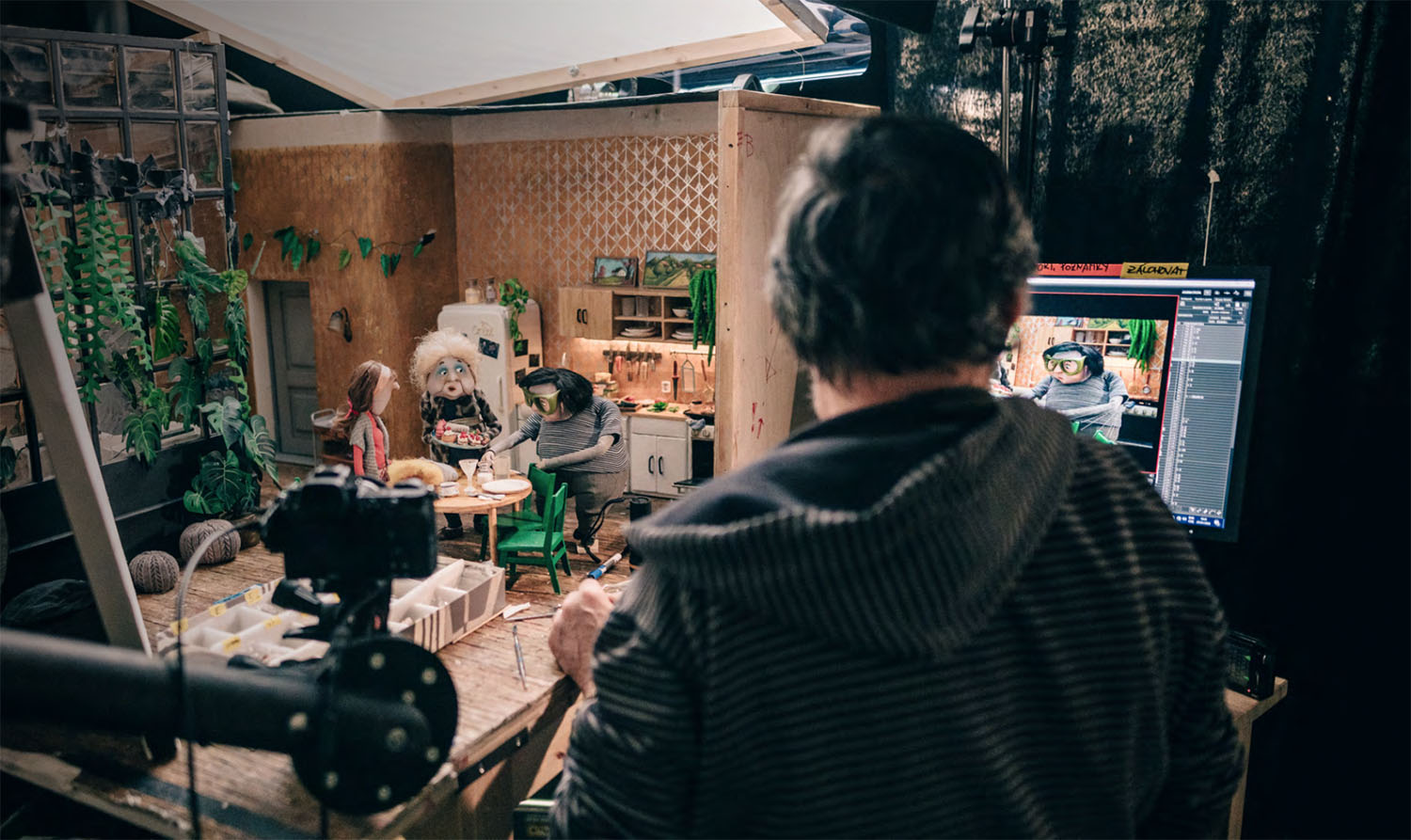
At what point did you decide to create the film in stop-motion, and why?
Even during the first reading, I imagined Ben’s story in my head as a puppet film. The theme is about weight, and stop-motion works with physical matter. It’s more visible and tangible, but compared to live action, it’s not as physical since animation allows for more exaggeration and stylization.
Your previous work was primarily in 2d animation. Tell me about your choice to still have some sequences and elements in 2d mixed with the stop-motion animation.
I love drawn animation, but from the beginning, I envisioned stop motion as the primary animation technique for this film. Then I started playing with the idea of combining stop motion with drawn animation to add variety to the film. I created two distinct worlds: the real world, represented by stop motion, and Ben’s imaginative and internal world, represented by drawn animation. I enjoy the diversity of animation techniques.
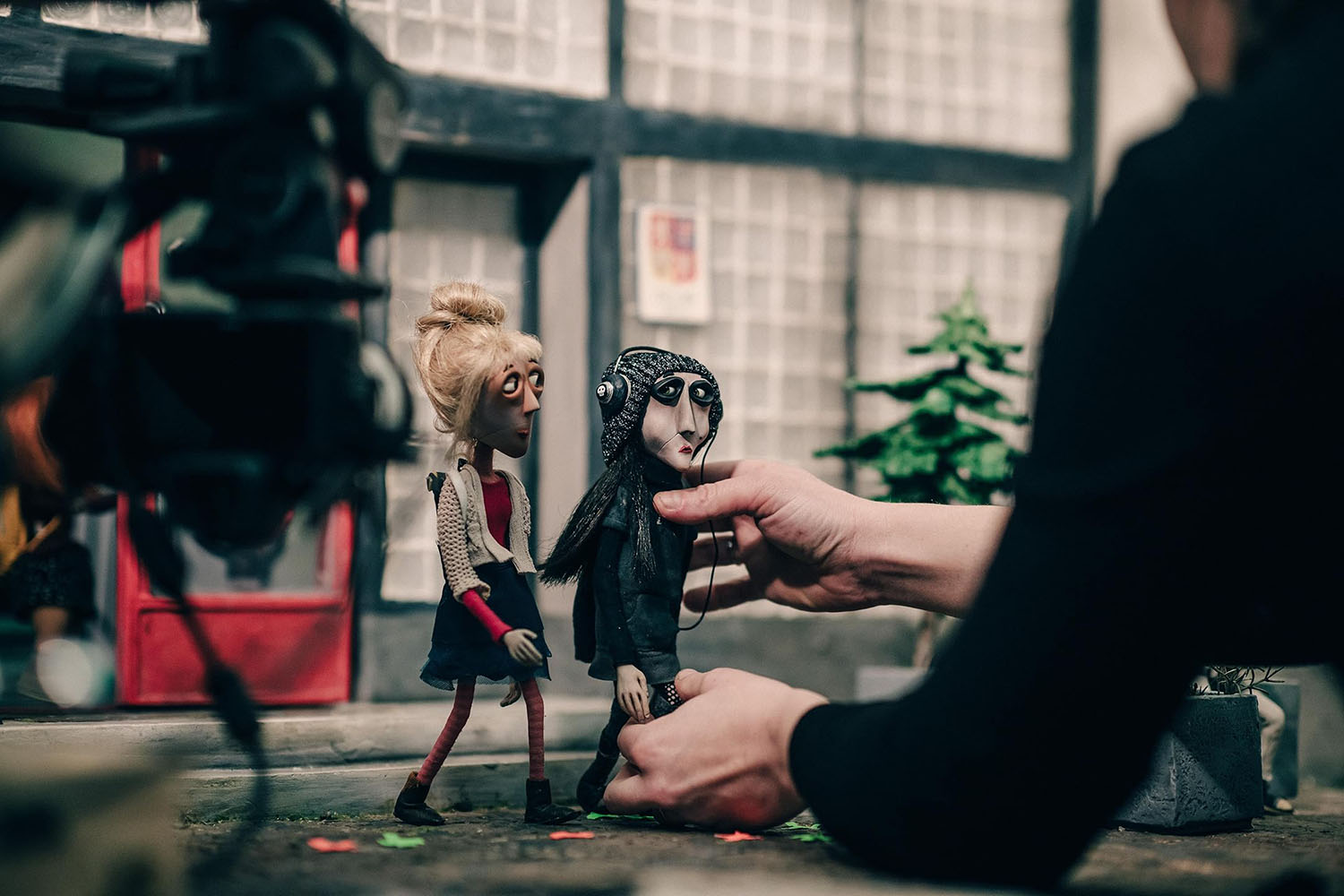
What surprised you the most about the meticulous process of animating physical characters on physical sets?
It was challenging to find a way to use animation to show internal emotions and states. We searched for the right approach for a long time. I also had to explain to the animators the importance of holding long gazes with minimal movement. And that there would be great strength and emotion in those moments, even though it wasn’t immediately apparent during the shooting of individual scenes.
Tell me about the character design. The characters have rather pronounced and asymmetrical facial features.
The film is about puberty, and puberty was a huge inspiration when designing the characters. I enjoyed emphasizing and showing how a child’s body changes during this time – suddenly having overly long limbs, noses, ears. I observed teenagers around me and noted what I saw. Of course, I exaggerated and stylized these features further so that each character’s personality would be immediately recognizable.
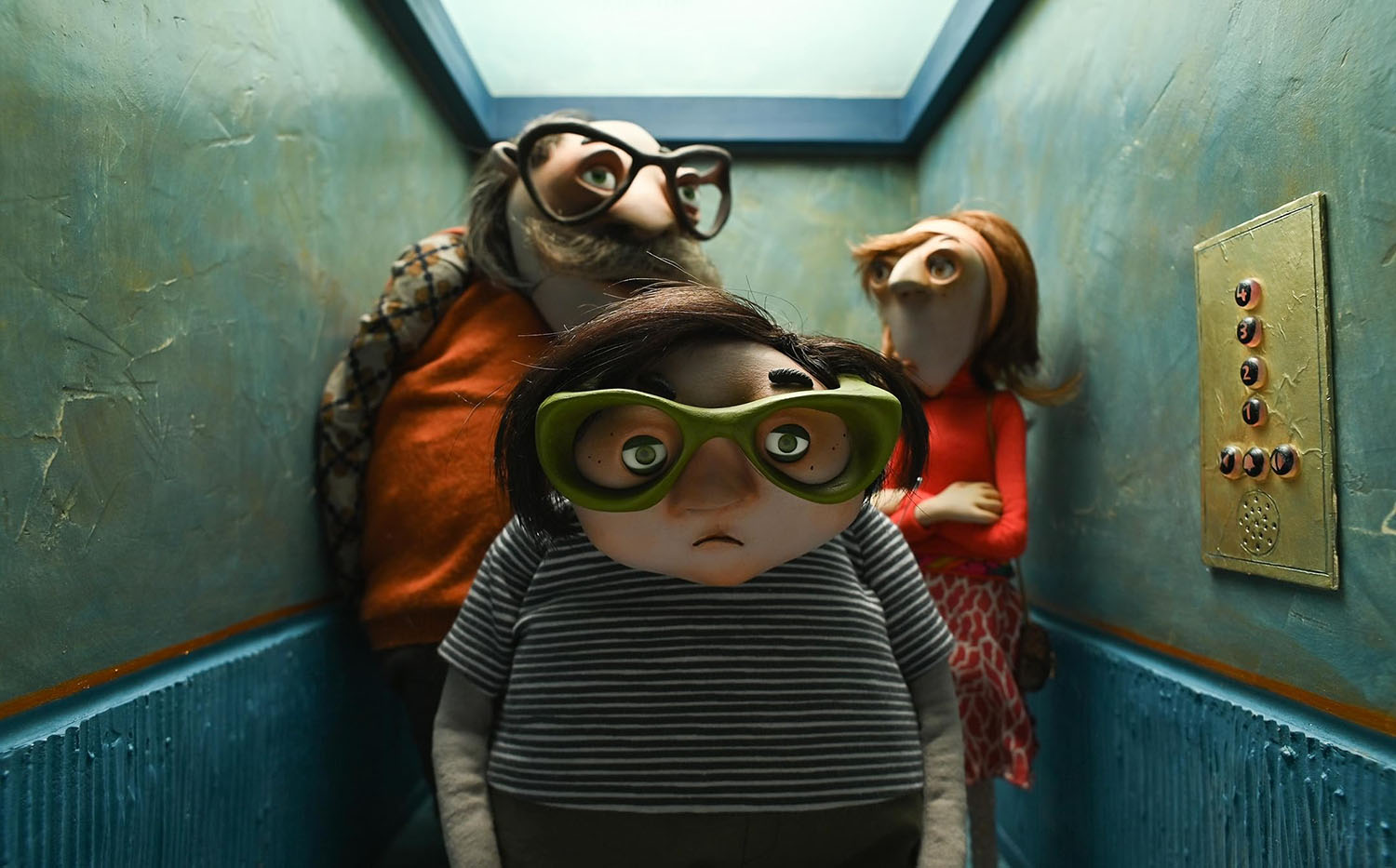
Did you design the versions of the characters that appear in 2d first, or were the puppets designed first? How different was it for you to design in three dimensions for the first time?
I designed the puppets first; everything was animated with them, and only then was the drawn world created. I wanted the drawn world to be fully derived from the puppet, physical world. But finding the right drawn style wasn’t easy at all. I sketched and searched for the right style for a long time. Designing the puppets was easier. I sketched out roughly how I wanted the puppets to look and then let my hands experiment with finding the right shape in the material. Ben’s puppet was the hardest. Finding his appearance so that he was immediately likeable was a real challenge for me. The version you see in the film was the third attempt. And that doesn’t count the countless sketches.
The film features multiple songs. How involved were you in their creation, in terms of writing the lyrics or finding the right musicians to create them?
I wanted there to be a lot of songs in the film. It felt important to me. Kids at this age are always surrounded by music. I was lucky that composer Michal Novinski shared this vision and worked with me from the very beginning. In the script, we left space for the song lyrics, just with a note about what Ben should sing about. My partner, who is a singer and lyricist, then wrote the lyrics based on the music and the themes mentioned in the script. I needed the songs ready in advance so we could animate to them. Sometimes songs were created just before the animation itself. For example, I knew that in a month, we’d be filming the school talent show, so we urgently needed a song, and it came together just in time.
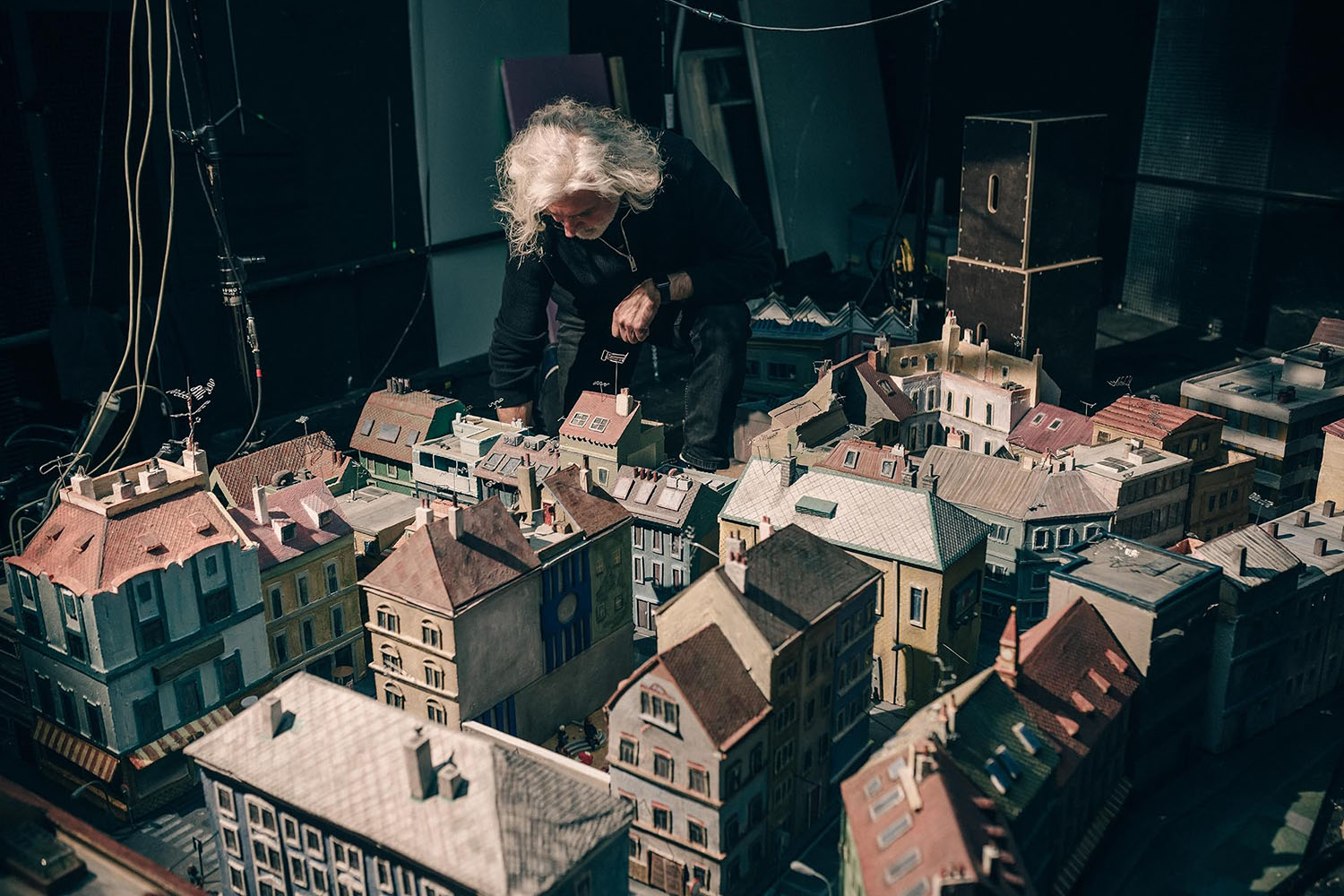
The film already has an English dub, as well as English versions of the songs. Did you always know you would be creating a film with an international audience in mind?
Not at the very beginning. I was making a Czech film (although I tried to be more geographically neutral than the book). But during production, it became clear that the film was being sold to foreign countries, so we knew we had to make it more understandable for versions in other languages. The English version was made with a lot of love. The translation and dubbing were given time and great care, bringing people from Broadway in, which makes me very happy. During filming, we also tried to prepare multilingual versions for on-screen text to avoid too many changes in post-production. For example, the pool sign or texts in books were filmed in both Czech and English.
Will you continue to work in stop motion, or do you plan to return to 2D entirely for your next project?
I’ve fallen in love with puppets. I’ve learned their limitations and enjoy finding ways to push those boundaries and work with them creatively. What initially felt limiting compared to drawn animation (where you can easily draw whatever you imagine) became incredibly fun for me. I enjoy exploring new ways to work in stop motion. I also enjoy working with a team. In drawn animation, you spend a lot of time alone at a computer, whereas with puppets, I work with my hands and alongside people.
